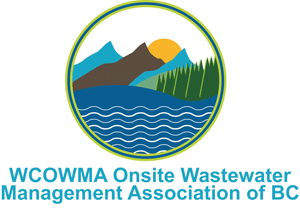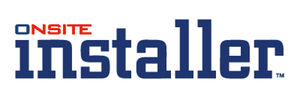Your Custom Text Here

Performance Inspections for Home Buyers
Performance Inspections for Home Buyers
The most common type of inspection is the Performance Inspection, it’s typically done for a home buyer during a real estate transaction.
Due to a demand from lenders and homebuyers, as a result of large bills to fix or replace a septic system shortly after purchasing a home - the Performance Inspection was born.
Just a few years ago, it was almost unheard of to do an inspection on a septic system, and for some time it was thought of as a septic tank inspection, done by pumping the tank, shining a flashlight around and giving a verbal or sparsely written report indicating the tank's condition.
Inspections and reporting are now done in a much more thorough manner and ‘standard proceedures’ for septic 'system' inspections have been created by the industry's governing body-ASTTBC.
Only Registered Persons with a Private Inspector (PI) endorsement are authorized to do inspections and they are instructed to use ‘standard phrases’ and ‘standard terminology’ to explain common items found.
A variety of tools and technologies are used to evaluate the system based on how it is expected to perform.
Expected Performance - The provincial requirements for the size and features used in a sewage system have changed over the years but the expected performance of a system has not. Wastewater should be securely collected in the tank without leakage, backup or damage, freely travel through each component and be distributed through each dispersal pipe in the field in a uniform manner without interference from soil, roots, sewage sludge, groundwater or other damage. Wastewater entering a dispersal area should freely seep out and down into non-saturated soils below the pipes.
The goal of the inspection is simply to assess how the system is performing based on the intention of its design and the rules of its day.
Tasks that are often undertook during an inspection include but are not limited to:
Locating components using various inspection & locating equipment
Using a pipe camera to assess the transport pipes from the home to the tank and downstream
Using a tank camera to assess the tank for signs of misuse, leakage, back up or misaligned components
Hand excavating to expose individual buried components such as a distribution box or dispersal pipes
Using a pipe camera to assess the pipes in the dispersal field to evaluate their condition, performance, and location
Hand digging in spot locations to evaluate the soils in the dispersal area
There are many different ways to build septic systems with other components that may require assessment such as:
Pumps & controls
Treatment plants or other treatment methods
Indexing or other valves
Effluent, disc or other filters
Regardless of the type of system or the rules and regulations of its day, the goal of the inspection is generally the same: to locate & assess how the system is performing based on the intention of its design and to offer an opinion as to its suitability for a home buyer’s future needs.
If deemed necessary - maintenance, repairs (restoration) and improvements are recommended.
Please ask if you’d like to see a Performance Inspection Report.






